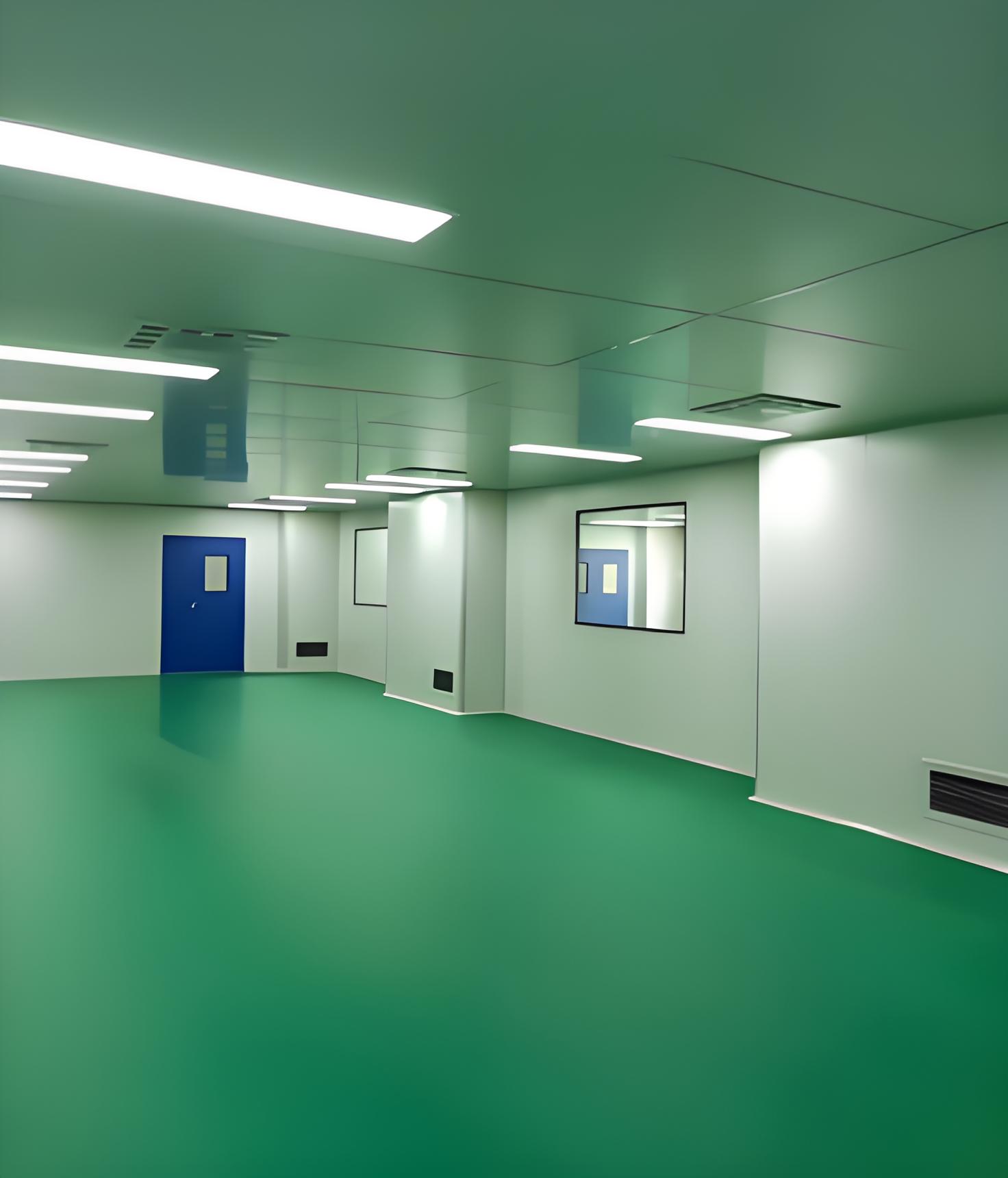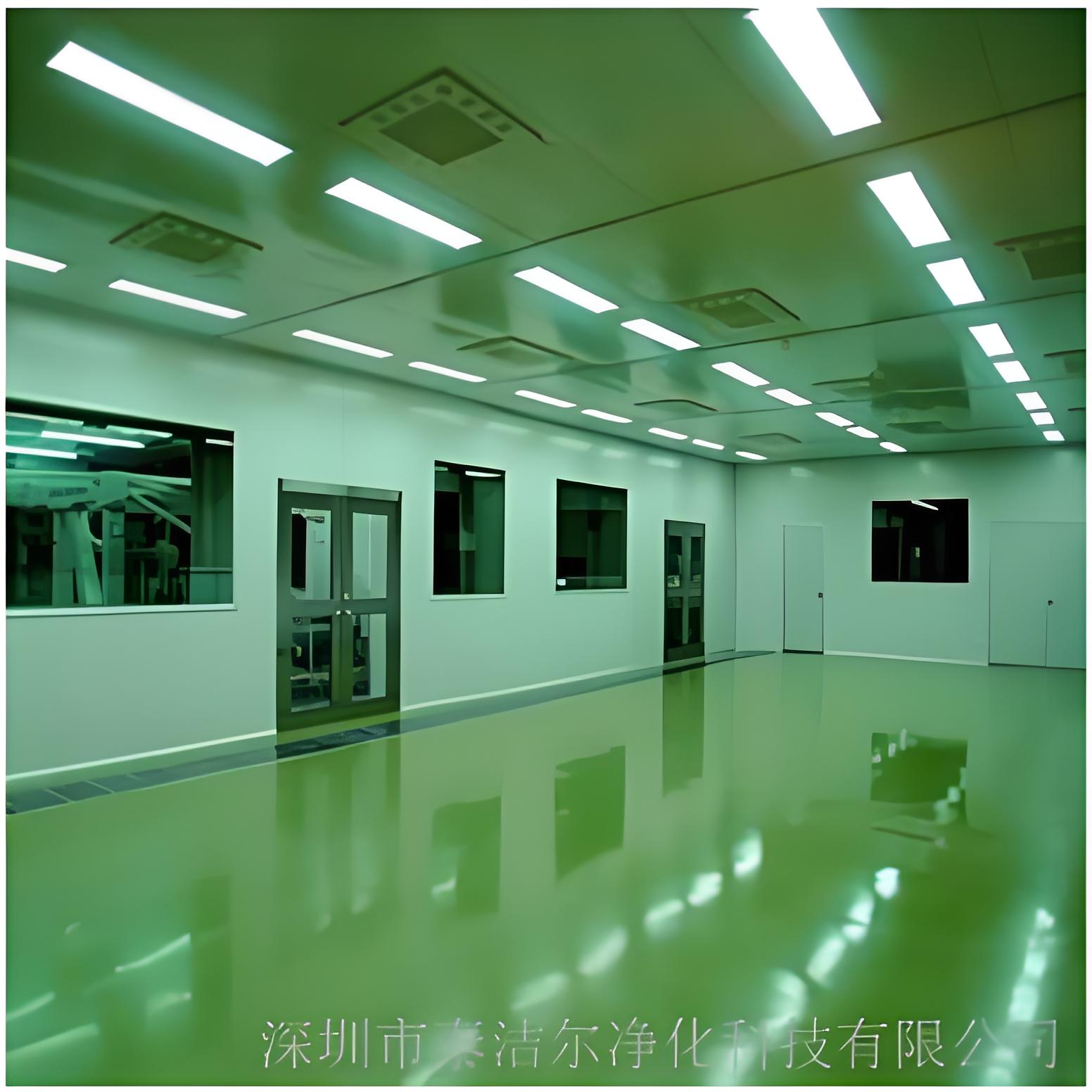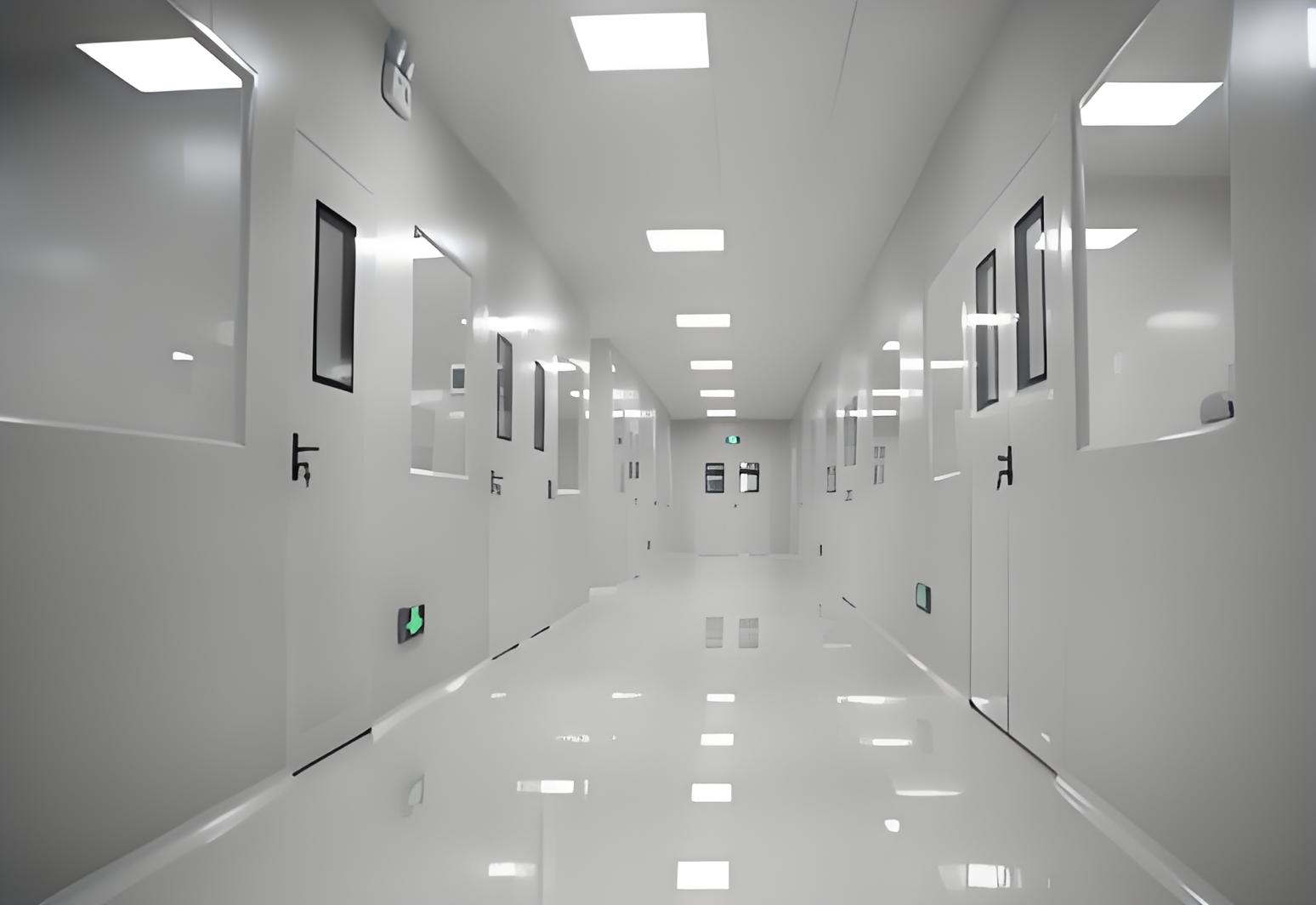
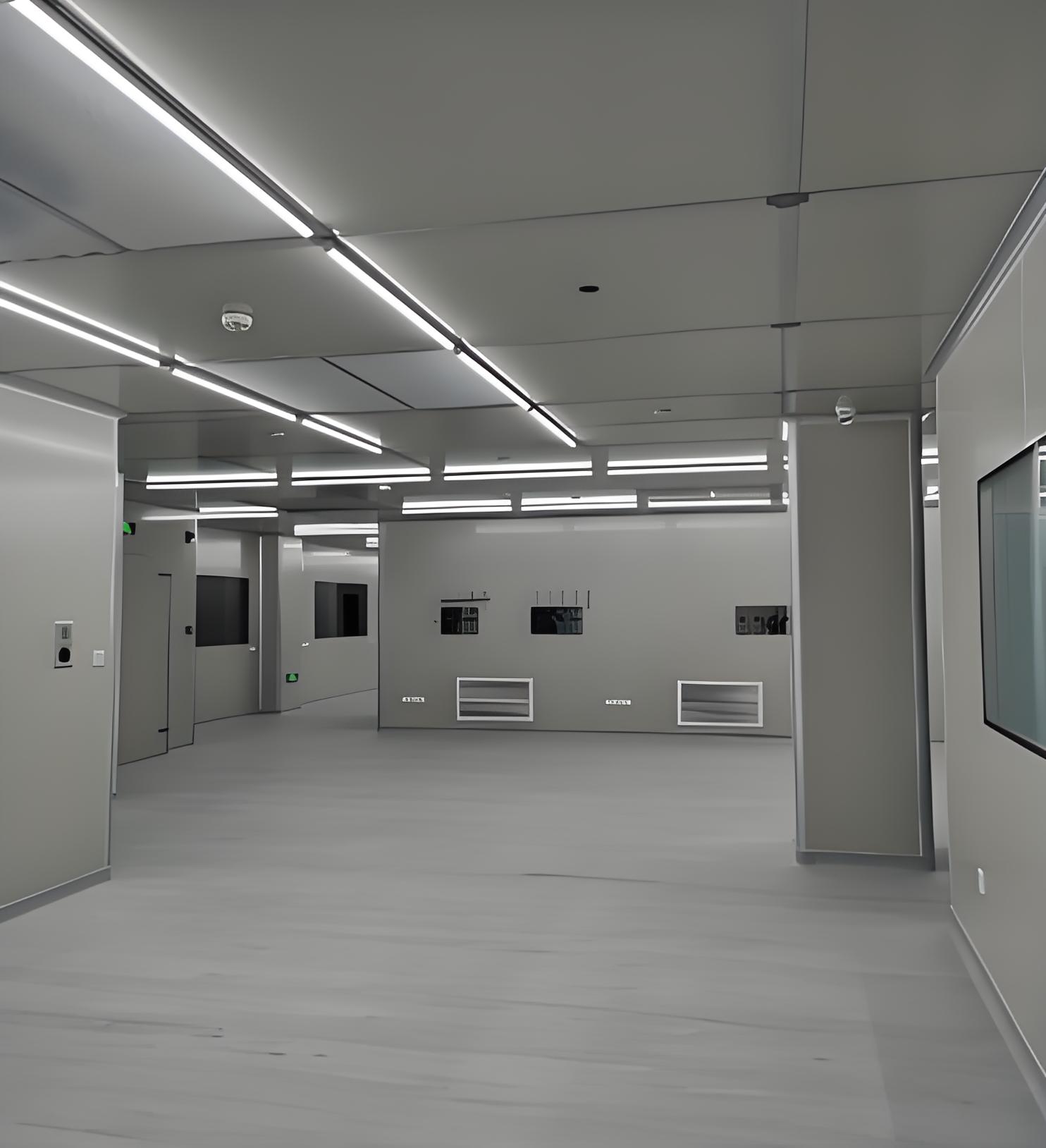
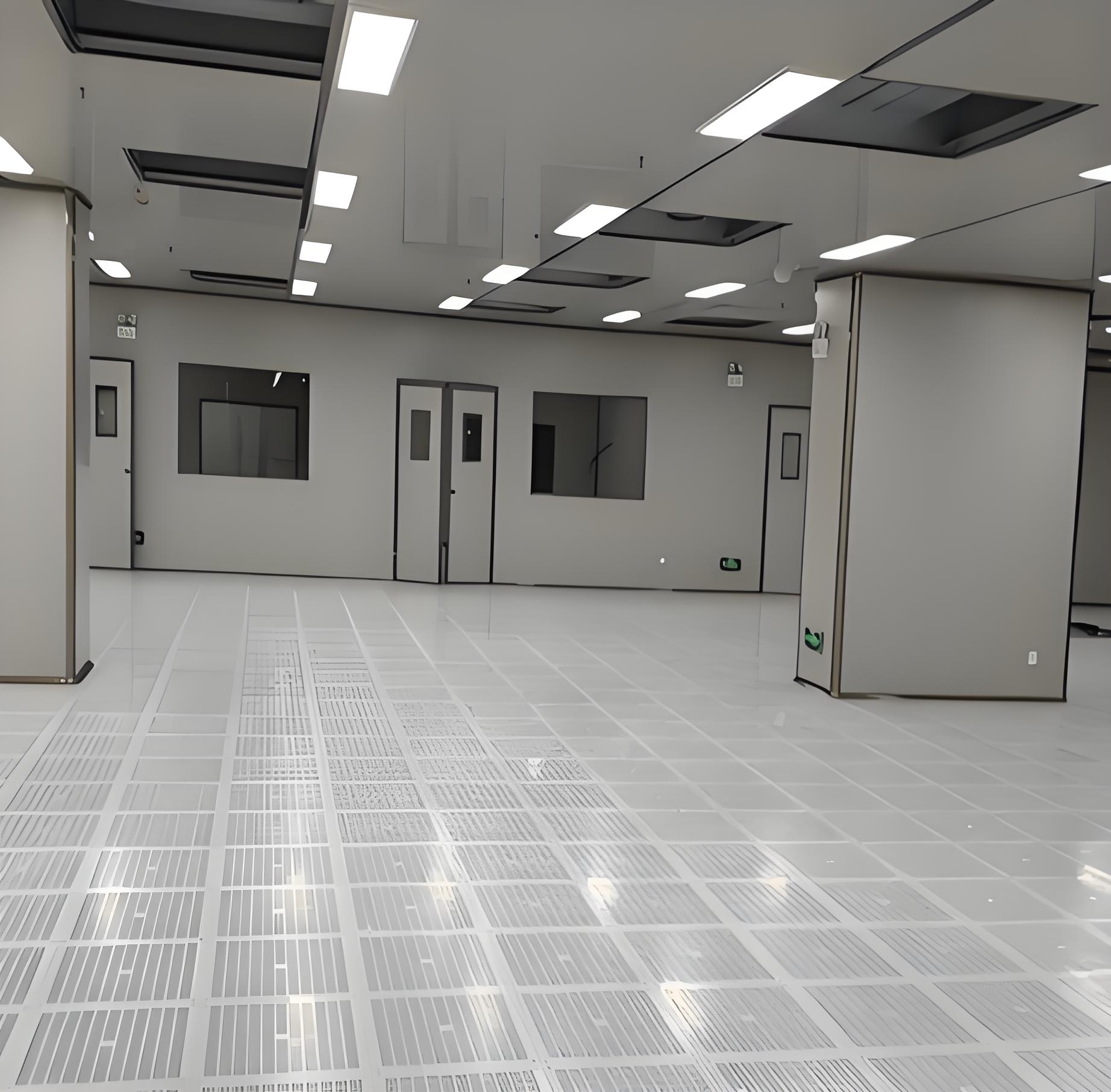


In the competitive world of manufacturing, maintaining high standards of product quality and consistency is paramount. An injection molding purification project is a strategic initiative aimed at enhancing the purity and reliability of plastic components by integrating advanced cleanroom technologies. This approach addresses contamination risks, ensuring that products meet stringent industry regulations, particularly in sectors like medical devices, electronics, and automotive industries. As companies strive for excellence, understanding how to implement a cleanroom environment for injection molding becomes essential. This article delves into the core aspects of such projects, providing insights into design, execution, and the benefits of controlled settings. We will explore practical steps for setting up an injection molding in a controlled environment, discuss the planning of a cleanroom project for injection molding facilities, and highlight the roles of injection molding cleanroom design build and injection molding cleanroom contractor in achieving success. By the end, you'll have a comprehensive view of how these elements interconnect to drive efficiency and innovation in injection molding processes.
An injection molding purification project refers to a specialized endeavor focused on reducing contaminants during the plastic injection molding process. This involves implementing systems that control particulate matter, humidity, temperature, and other environmental factors to ensure the final products are free from impurities. Typically, such projects are critical in industries where even minor contaminants can lead to product failures, such as in medical implants or electronic components. The core goal is to integrate purification technologies—like HEPA filters, air handling units, and strict protocols—into the molding workflow. This not only enhances product quality but also aligns with regulatory standards like ISO 14644 for cleanrooms. By embarking on an injection molding purification project, manufacturers can minimize defects, reduce waste, and improve overall operational efficiency. It serves as a foundation for adopting a cleanroom environment for injection molding, which we'll discuss next, highlighting how controlled settings transform traditional manufacturing into a precision-driven operation.
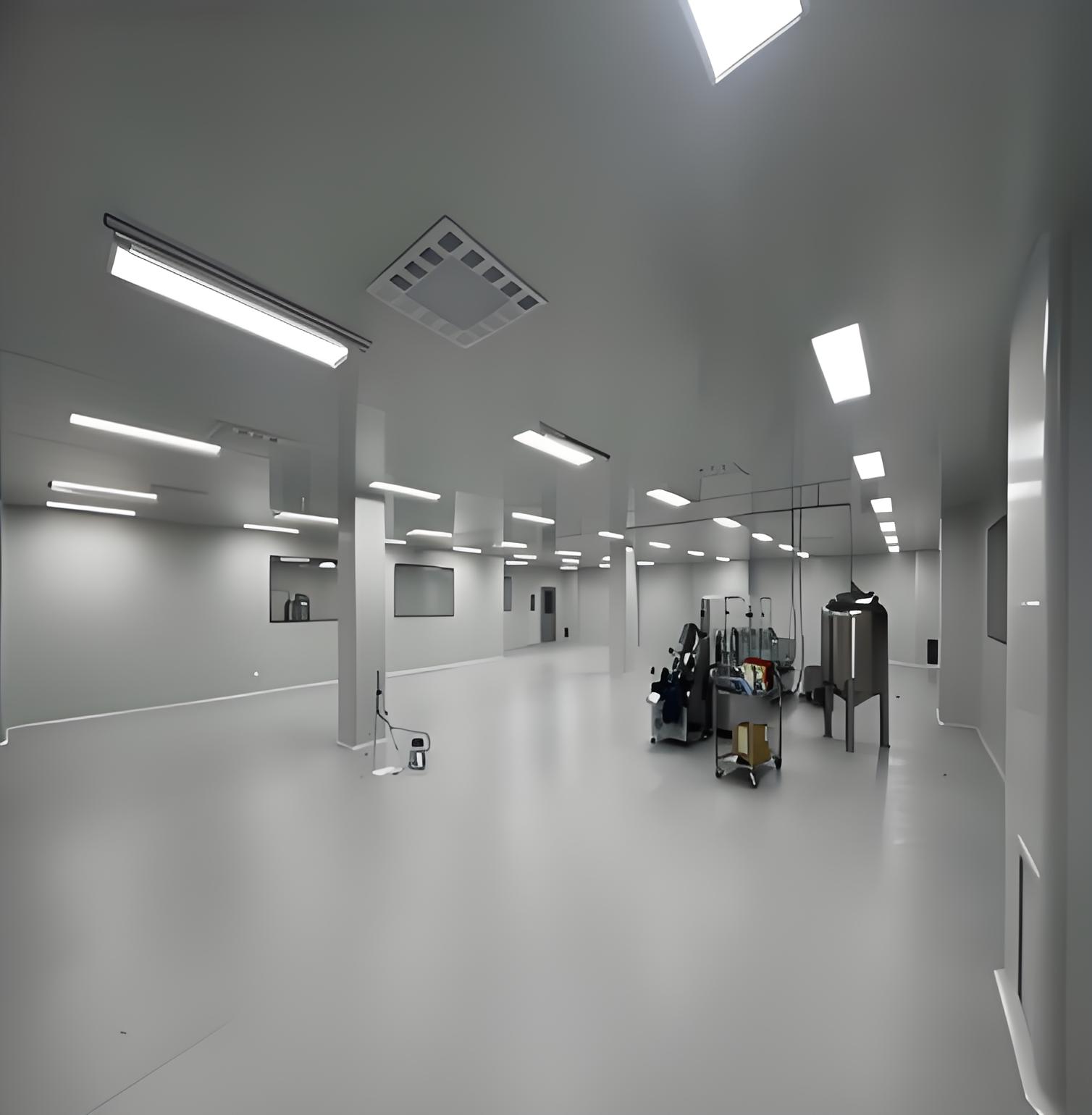
Implementing a cleanroom environment for injection molding offers numerous advantages that directly impact product quality and business outcomes. First, it significantly reduces the risk of contamination from dust, microbes, or other particles, which is crucial for sensitive applications like healthcare devices. This leads to higher yield rates and fewer rejections, saving costs in the long run. Additionally, a cleanroom environment for injection molding enhances consistency in production, as controlled conditions minimize variations in material properties and molding parameters. This is especially important for injection molding in a controlled environment, where factors like temperature and humidity are meticulously managed to prevent material degradation. Moreover, such environments support compliance with industry regulations, such as FDA guidelines for medical products, thereby boosting customer trust and market competitiveness. Studies show that companies investing in cleanroom solutions report up to a 30% improvement in product reliability. By integrating a cleanroom project for injection molding facilities, businesses can also achieve better traceability and documentation, which aids in quality audits and continuous improvement initiatives.
Injection molding in a controlled environment involves tailoring the manufacturing space to maintain specific conditions that optimize the molding process. This goes beyond basic cleanrooms to include precise control over variables like air pressure, particle counts, and airflow patterns. For instance, in a typical setup, positive pressure is used to prevent external contaminants from entering, while advanced monitoring systems track real-time data. This approach is integral to an injection molding purification project, as it ensures that materials like thermoplastics are processed without exposure to harmful elements. Key steps include selecting appropriate HVAC systems, implementing gowning protocols for personnel, and using sealed machinery to contain emissions. The benefits are manifold: improved part dimensional accuracy, enhanced surface finish, and reduced cycle times due to stable environmental conditions. Furthermore, injection molding in a controlled environment supports sustainability by minimizing material waste and energy consumption. As part of a broader cleanroom project for injection molding facilities, this implementation requires collaboration with experts in injection molding cleanroom design build to customize solutions that fit specific production needs, ensuring scalability and adaptability for future advancements.
A successful cleanroom project for injection molding facilities starts with thorough planning and assessment. This phase involves defining the scope based on product requirements, regulatory standards, and budget constraints. For example, a facility producing medical components might need a Class 1000 cleanroom, while electronics manufacturing could require Class 10000. The planning process includes conducting a risk analysis to identify potential contamination sources, such as human activity or equipment emissions. It also entails designing the layout to segregate clean areas from non-clean zones, incorporating features like airlocks and pass-throughs. Central to this is the injection molding purification project vision, which aligns cleanroom objectives with overall business goals. Engaging stakeholders early ensures that the cleanroom project for injection molding facilities addresses operational challenges, such as workflow disruptions during installation. Additionally, budgeting for ongoing maintenance and validation tests—like particle counting and microbial monitoring—is crucial for long-term success. By leveraging best practices in project management, facilities can achieve a seamless transition to a controlled environment, enhancing their capability for injection molding in a controlled environment and positioning themselves as leaders in quality-driven manufacturing.
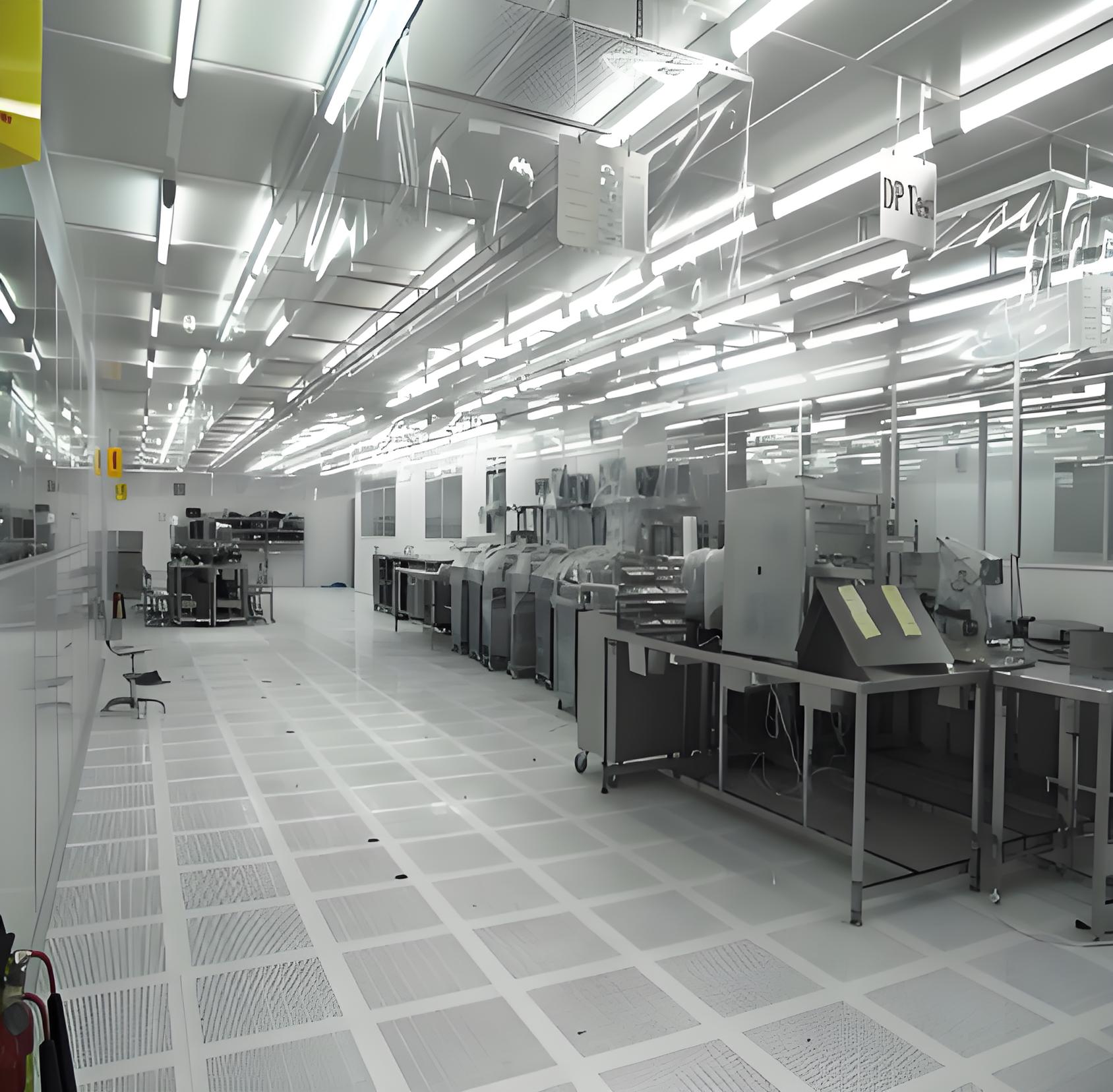
The injection molding cleanroom design build process is a collaborative effort that transforms conceptual plans into functional cleanroom spaces. It begins with conceptual design, where engineers and architects outline the cleanroom's specifications, including size, classification, and integration with existing injection molding equipment. This stage often involves 3D modeling to visualize airflow patterns and equipment placement. Next, the detailed design phase focuses on selecting materials for walls, floors, and ceilings that are easy to clean and resistant to chemicals. Key components include HVAC systems with HEPA filters, lighting that meets cleanroom standards, and utilities like compressed air lines. The build phase involves construction, installation, and commissioning, ensuring that all elements adhere to protocols such as ISO 14644. This process is critical for an injection molding purification project, as it directly impacts the effectiveness of contamination control. For instance, a well-executed injection molding cleanroom design build can reduce particle counts by over 99%, leading to superior product outcomes. It also supports injection molding in a controlled environment by providing a scalable framework that can adapt to technological upgrades. Partnering with experienced professionals in this area ensures that the design build aligns with the facility's unique needs, minimizing downtime and maximizing return on investment.
Choosing the right injection molding cleanroom contractor is a pivotal step in ensuring the success of an injection molding purification project. A qualified contractor brings expertise in cleanroom standards, construction methodologies, and regulatory compliance. When evaluating potential contractors, consider their experience with similar projects, certifications like those from the Cleanroom Consulting and Testing (CCT), and client testimonials. Key criteria include their ability to handle injection molding cleanroom design build tasks, such as integrating molding machines into cleanroom layouts without compromising air quality. The contractor should also offer post-installation services, like validation testing and maintenance support, to sustain the cleanroom environment for injection molding. During the selection process, discuss project timelines, cost estimates, and risk management strategies to avoid common pitfalls, such as budget overruns or compliance issues. A reliable injection molding cleanroom contractor will collaborate closely with your team to customize solutions, ensuring that the cleanroom project for injection molding facilities meets specific operational demands. This partnership not only facilitates a smooth implementation but also enhances the overall efficiency of injection molding in a controlled environment, driving long-term value and innovation.
In summary, an injection molding purification project is a transformative approach that elevates manufacturing standards through integrated cleanroom solutions. By focusing on elements like a cleanroom environment for injection molding, injection molding in a controlled environment, and a well-planned cleanroom project for injection molding facilities, businesses can achieve remarkable improvements in product quality and operational efficiency. The roles of injection molding cleanroom design build and injection molding cleanroom contractor are indispensable in this journey, providing the expertise needed to navigate complex requirements. As industries continue to demand higher purity levels, investing in such projects becomes not just an option but a necessity for staying competitive. Embrace these strategies to unlock new levels of precision and reliability in your injection molding operations.
Q1: What is the primary goal of an injection molding purification project?
A1: The primary goal of an injection molding purification project is to minimize contaminants during the molding process, ensuring high-quality, reliable products. This involves implementing cleanroom technologies and controlled environments to reduce particulate matter, humidity, and other factors that could compromise product integrity, particularly in sensitive industries like medical or electronics.
Q2: How does a cleanroom environment benefit injection molding processes?
A2: A cleanroom environment for injection molding benefits the process by reducing contamination risks, improving product consistency, and enhancing compliance with regulatory standards. It leads to fewer defects, lower waste, and increased customer trust, making it essential for applications where purity is critical, such as in healthcare or automotive components.
Q3: What should I consider when planning a cleanroom project for injection molding facilities?
A3: When planning a cleanroom project for injection molding facilities, consider factors like the required cleanroom classification based on product specs, budget constraints, regulatory requirements, and integration with existing equipment. It's also important to involve stakeholders early and plan for maintenance and validation to ensure long-term success.
Q4: Why is the injection molding cleanroom design build phase crucial?
A4: The injection molding cleanroom design build phase is crucial because it translates design concepts into a functional cleanroom that meets specific contamination control standards. A well-executed design build ensures proper airflow, equipment integration, and compliance with protocols, directly impacting the effectiveness of the injection molding purification project and overall product quality.
Q5: How do I choose the right injection molding cleanroom contractor?
A5: To choose the right injection molding cleanroom contractor, evaluate their experience, certifications, and track record with similar projects. Look for contractors who offer comprehensive services, including design, build, and post-installation support, and ensure they understand your facility's unique needs for injection molding in a controlled environment to achieve optimal results.
